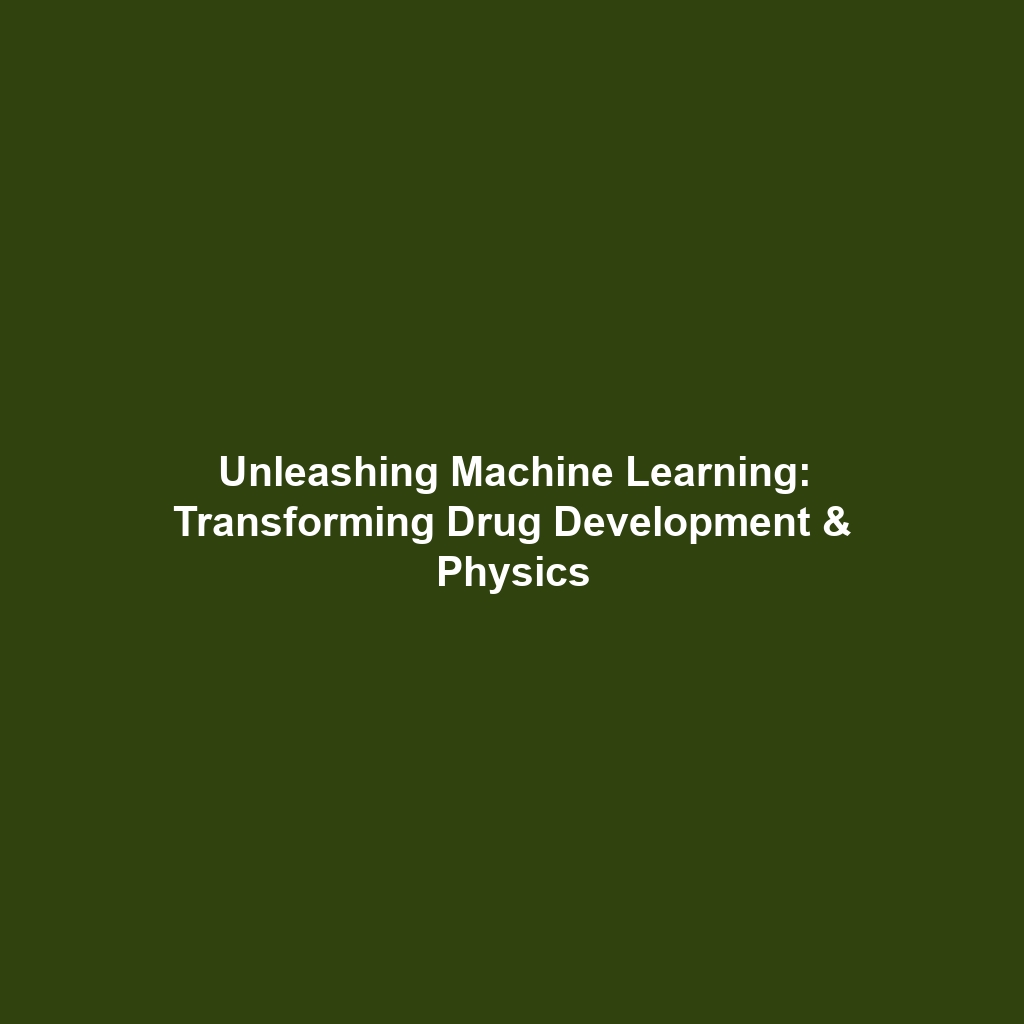Challenges in Delivering CRISPR to Specific Tissues or Organs
Introduction
CRISPR gene editing has revolutionized the landscape of genetic engineering, offering unprecedented capabilities for precise modifications at the DNA level. However, one of the significant challenges that researchers face is delivering CRISPR components to specific tissues or organs. This hurdle is crucial for enhancing the efficiency of CRISPR-based therapies and ensuring targeted treatments for various diseases. Understanding these challenges not only underscores the complexities of CRISPR gene editing but also highlights the need for innovative delivery mechanisms.
Key Concepts
Understanding CRISPR Delivery Mechanisms
Delivering CRISPR effectively involves various approaches and technologies. Important concepts related to the delivery challenges include:
- Vector Design: The development of vectors such as plasmids, viruses, or nanoparticles that can transport CRISPR components to target cells.
- Tissue Specificity: The need to ensure that CRISPR components are directed to the intended tissues to achieve specific therapeutic outcomes.
- Immune Response: Potential immune reactions to delivery vehicles that may hinder the effectiveness of CRISPR therapies.
Applications and Real-World Uses
The challenges of delivering CRISPR to specific tissues or organs have significant implications for its applications in CRISPR gene editing. For example:
- In gene therapy, overcoming delivery challenges is critical for successfully treating genetic disorders like cystic fibrosis and sickle cell disease.
- Oncology applications aim to deliver CRISPR tools directly to tumor cells, enabling precision editing that could lead to targeted cancer therapies.
- In agricultural biotechnology, efficient delivery methods can enhance crop resilience by allowing for more precise genomic alterations.
Current Challenges
Despite the potential of CRISPR gene editing, several challenges persist in the effective delivery to specific tissues or organs:
- Limited Targeting Efficiency: Current delivery systems often lack specificity, which can lead to off-target effects.
- Distribution Barriers: Physical barriers such as cell membranes can restrict the delivery of CRISPR components.
- Ethical Considerations: The application of CRISPR in human therapies raises ethical questions regarding genetic modifications.
Future Research and Innovations
Innovations in the field of CRISPR gene editing are underway to address the challenges of delivering CRISPR to specific tissues or organs:
- Utilizing Novel Nanoparticles: Research is progressing towards the development of advanced nanoparticles that can penetrate cellular barriers efficiently.
- Bioengineering Delivery Vectors: Tailoring viral and non-viral vectors to improve target specificity and reduce immune responses is an area of active investigation.
- Gene Editing in Regenerative Medicine: The integration of CRISPR with stem cell therapy could offer new avenues for targeted treatment applications.
Conclusion
The challenges in delivering CRISPR to specific tissues or organs are critical in shaping the future of CRISPR gene editing. Addressing these issues is essential for realizing the full potential of CRISPR-based therapies across various fields, including medicine and agriculture. Researchers must continue to innovate in delivery mechanisms to overcome these barriers. For more insights into gene editing technologies, visit our related articles section.




